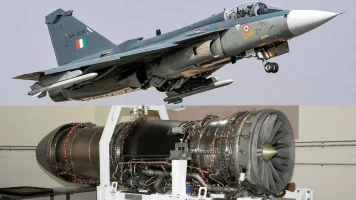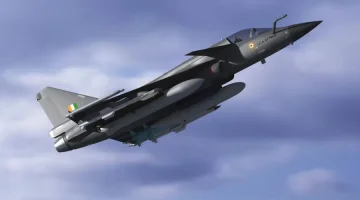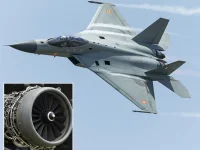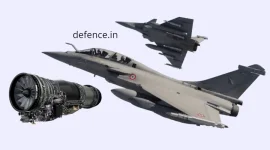- Views: 4K
- Replies: 28
India is firmly on track to join a select group of nations capable of developing their own fifth-generation fighter aircraft, with officials confirming the first indigenous Advanced Medium Combat Aircraft (AMCA) is projected for induction into the Indian Air Force (IAF) by 2035. Dr. Samir V Kamat, Chairman of the Defence Research and Development Organisation (DRDO), affirmed this timeline during recent public statements.
The AMCA initiative represents a major step in India's ambition for self-sufficiency ('Atmanirbhar Bharat') in critical defence technologies. This advanced aircraft is being designed to meet the future combat requirements of the IAF, incorporating essential fifth-generation characteristics such as low-observable stealth features, sophisticated integrated avionics and sensors, the ability to cruise at supersonic speeds without afterburners (supercruise), and an internal bay for carrying weapons, enhancing its stealth profile.
Addressing the timeline, Dr. Kamat acknowledged the complexity of the undertaking but positioned the ten-year development period as consistent with international standards for creating advanced aerial platforms.
"If you look at any programme anywhere in the world, it takes 10 to 15 years to develop a new platform," he explained, noting that the project officially received its go-ahead for development from the Cabinet Committee on Security (CCS) in early 2024. "It will take ten years and we have committed to deliver the platform by 2035," Dr. Kamat stated.
The project is being managed by DRDO's Aeronautical Development Agency (ADA), the primary design authority, and received significant impetus following the crucial CCS clearance for its design and development phase earlier this year.
While Hindustan Aeronautics Limited (HAL), with its extensive experience in aircraft manufacturing including the Tejas LCA, is anticipated to lead the production, a novel approach involving a joint venture between public and private sector companies is under consideration to potentially speed up the manufacturing process.
Development plans for the AMCA involve two stages. The initial version, designated AMCA Mark 1, will be equipped with the imported General Electric F414 engine from the United States. A subsequent Mark 2 variant is planned, which is intended to incorporate a more powerful engine developed indigenously, likely through international collaboration and technology transfer agreements.
Successfully developing and fielding the AMCA will place India alongside nations like the United States, Russia, and China, which currently operate their own advanced stealth fighters. The aircraft is also viewed as strategically important for maintaining regional stability, particularly in light of developments such as China's fielding of the J-20 stealth fighter.
The AMCA program progresses alongside India's other indigenous fighter aircraft efforts, including the ongoing induction of the Tejas Light Combat Aircraft (LCA) Mk1A and the development of the more advanced Tejas Mk2, which is slated to replace older aircraft types like the Mirage 2000 and Jaguar in the IAF's inventory.





